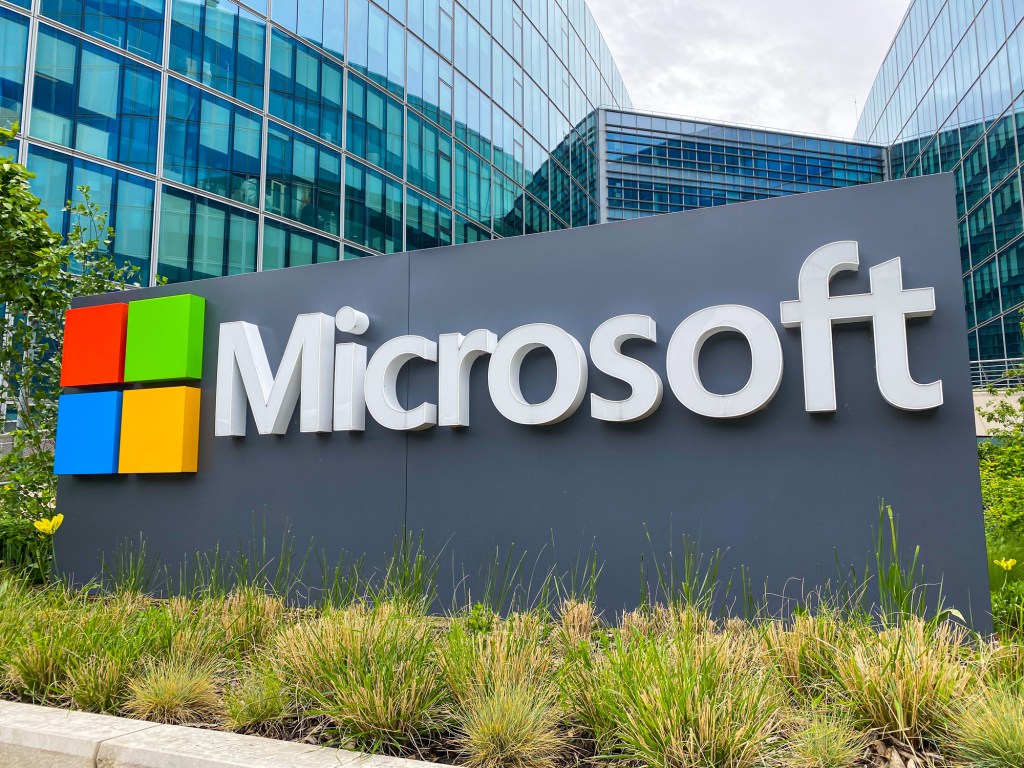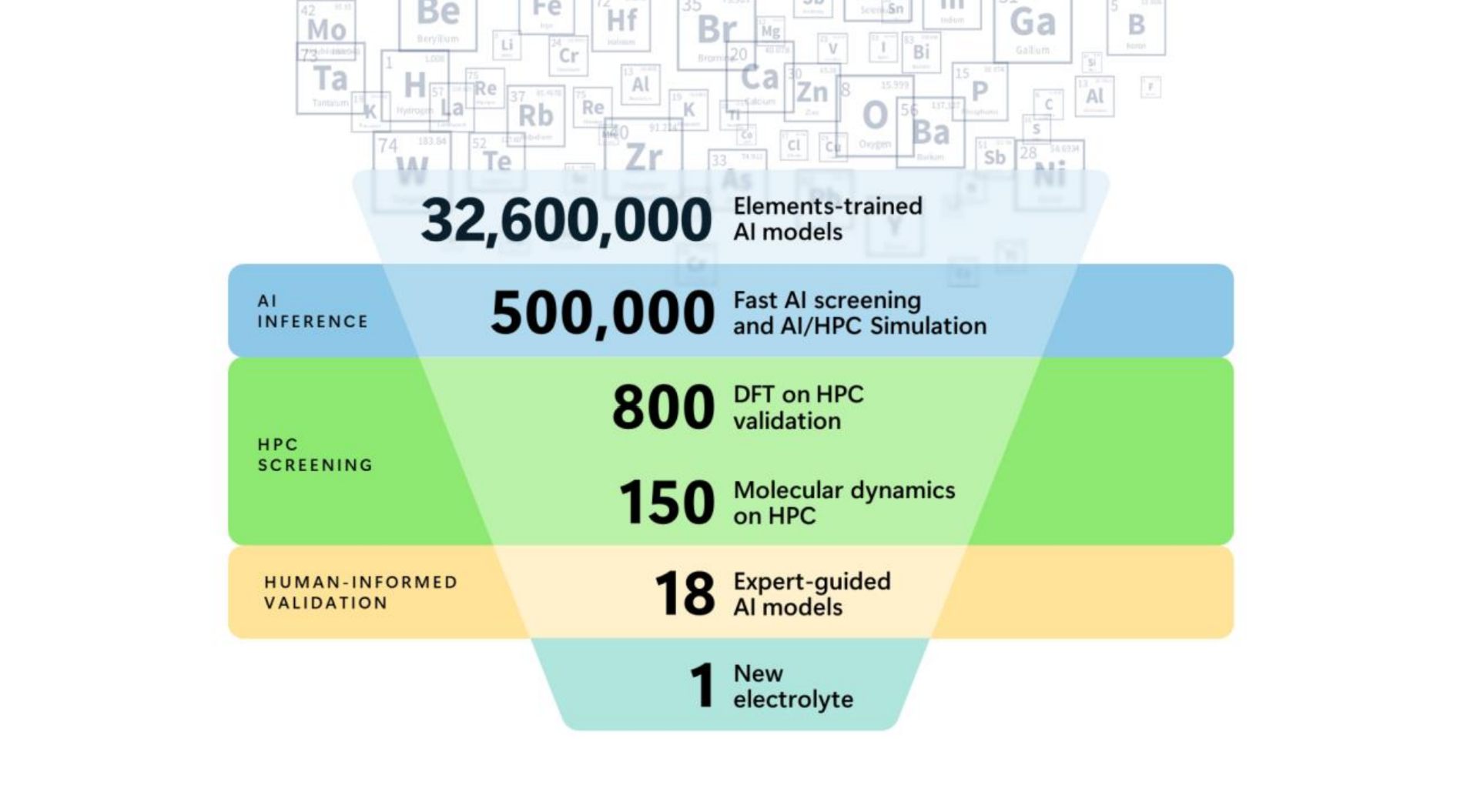Topics
modish
AI
Amazon
Image Credits:Jean-Luc Ichard / Getty Images
Apps
Biotech & Health
mood

Image Credits:Jean-Luc Ichard / Getty Images
Cloud Computing
Commerce Department
Crypto

Image Credits:Microsoft
Enterprise
EVs
Fintech
Fundraising
Gadgets
punt
Government & Policy
computer hardware
Layoffs
Media & Entertainment
Meta
Microsoft
Privacy
Robotics
Security
Social
Space
startup
TikTok
Transportation
Venture
More from TechCrunch
event
Startup Battlefield
StrictlyVC
newssheet
Podcasts
TV
Partner Content
TechCrunch Brand Studio
Crunchboard
adjoin Us
Microsoft today harbinger that it has worked with the U.S. Department of Energy ’s Pacific Northwest National Laboratory ( PNNL ) to use its Azure Quantum Elements help to whittle down millions of possible new battery materials to only a few — with one of them now in the prototype stage .
Now , before you get too excited about the “ quantum ” part of “ Azure Quantum Elements ” ( and why would n’t you — it ’s in the name , after all ) , permit ’s get this out of the way of life first : No quantum reckoner was used in this labor . Azure Quantum Elements , which launch last summer , combines AI and traditional high-pitched - carrying into action computing ( HPC ) techniques into what is essentially a workbench for scientific computing , with the promise of providing access to Microsoft ’s quantum supercomputer in the time to come . So even though no qubits were involved in this current labor , the overall idea here is to fetch all of these technology together over prison term .
Krysta Svore , who lead Microsoft Quantum , told me that the overall idea here was to see how far the squad could push what is presently available in Azure Quantum Elements ( AQE ) — and peculiarly the AI accelerator — to advance materials discovery . Using AQE , the researchers at PNNL looked at 32 million inorganic textile to go far at 18 candidates for their battery project . First , the teams used AQE ’s AI mannikin to whittle down the consortium to about 500,000 candidates . After that , the investigator used existing HPC techniques to identify those 18 bright candidates to focus on . Typically , it would take yr to go through this process and to work up a prototype battery . Using AQE , the researchers were capable to do this in 18 months .
“ The intersection of AI , cloud and high - public presentation calculation , along with human scientists , we consider is key to accelerating the path to meaningful scientific result , ” allege Tony Peurrung , PNNL deputy director for Science and Technology . “ Our quislingism with Microsoft is about making AI accessible to scientist . We see the potential difference for AI to rise a material or an approach that is unexpected or unconventional , yet worth investigating . This is a first dance step in what foretell to be an interesting journey to speed the pace of scientific discovery . ”
Many quantum computing boosters expect that their simple machine will excel at solving chemistry and fabric scientific discipline problem . And while the quantum computing community continues to tug the state of the artwork forward at a steady pace , we ’re still at least a few years away from seeing a quantum computer that is in reality useful . We ’re presently still in the noisy intermediate - scale quantum ( NISQ ) era , after all . Svore , unsurprisingly , stay on affirmative that Microsoft will be capable to deliver on its plan to build a quantum supercomputer that uses itsMajorana - based qubits , within the next tenner .
For now , though , even though there is obviously material science involved , it ’s heavy not to look at this as a turn of a Porto Rico exercise , given how far we are still from bringing quantum computer science into the process .
Microsoft expects to progress a quantum supercomputer within 10 geezerhood